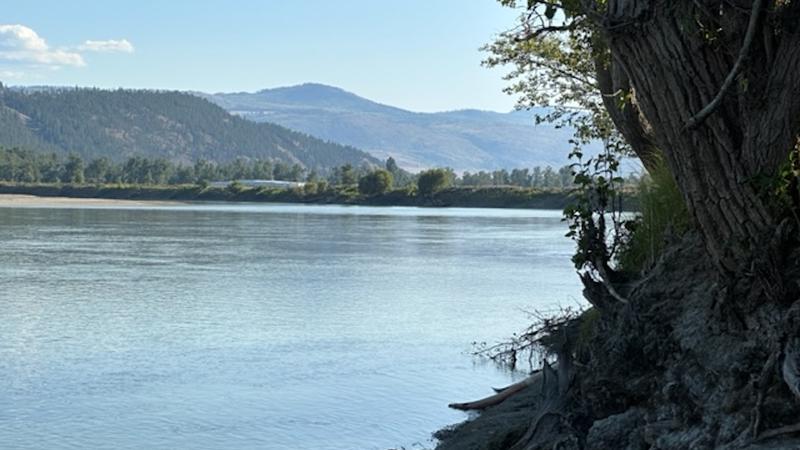
ROTHENBURGER: What City council doesn’t get about living on the North Thompson River
AS A RIVER DWELLER I’ve been struck by the dearth of insight of most Kamloops City councillors into the challenges of depending on the North Thompson as a source of water.
Just one example of the disconnect is a remark by Coun. Katie Neustaeter as she attempted to reassure Noble Creek Irrigation System users that council understands their plight.
“I would also share with you I’m in a similar situation, I can’t irrigate right now and I realize there are drought impacts on everyone but feel that uniquely and the risks that it poses on property not being able to irrigate and to food security and all of those pieces,” she told them.
Does she think temporary water restrictions on City residents due to the drought in any way compare to large-acreage agriculture that requires thousands of gallons a day to stay viable?


